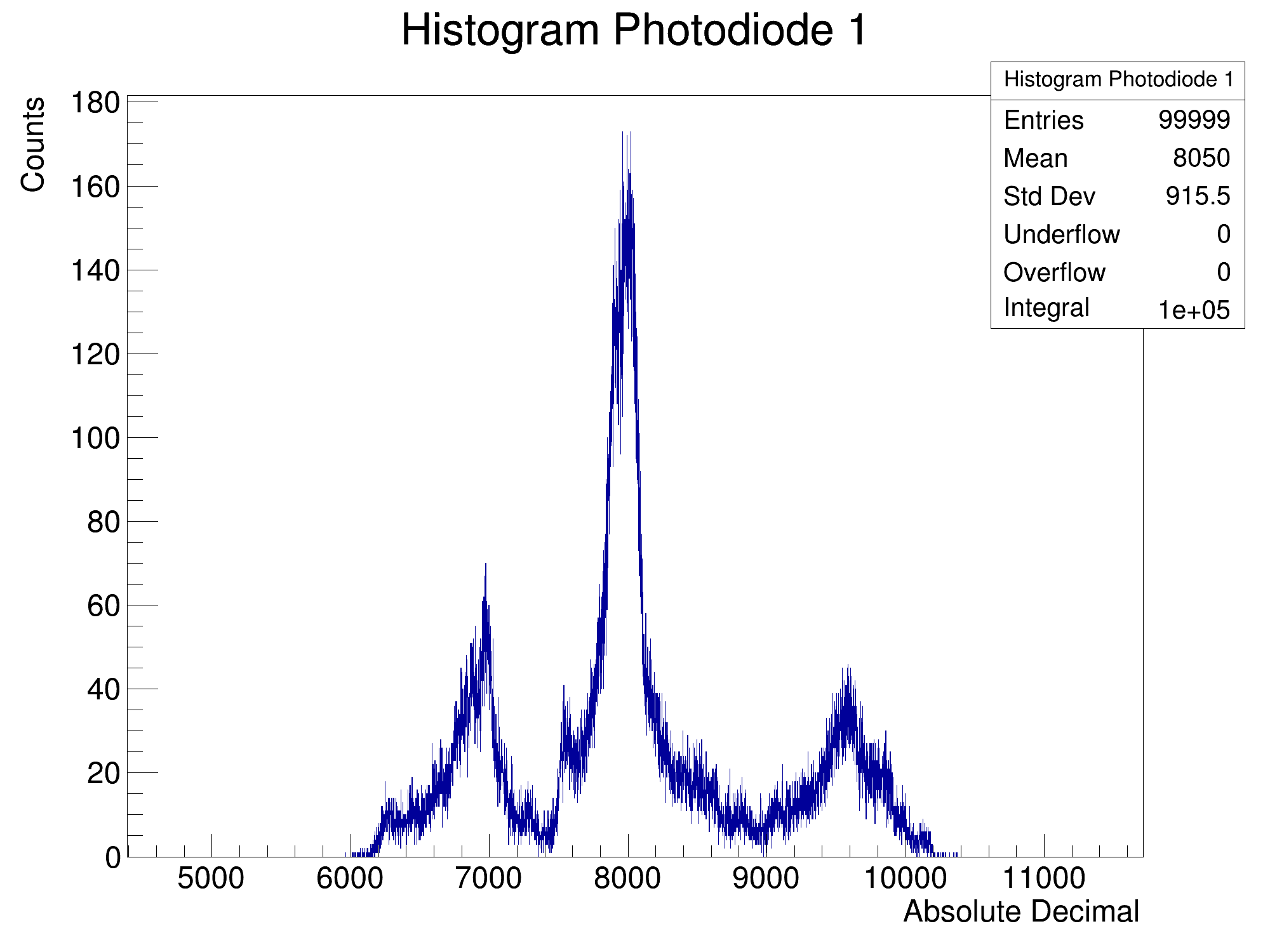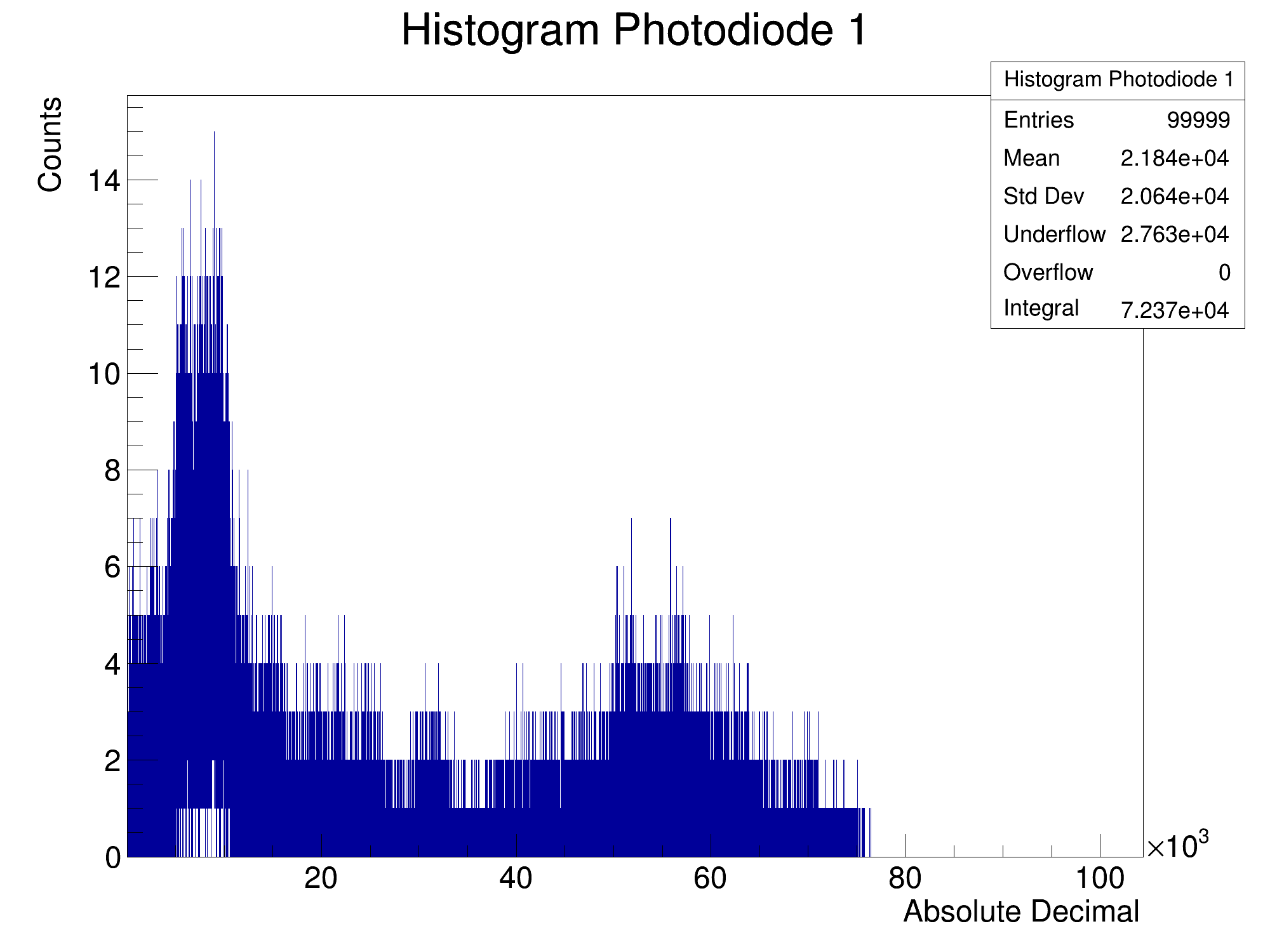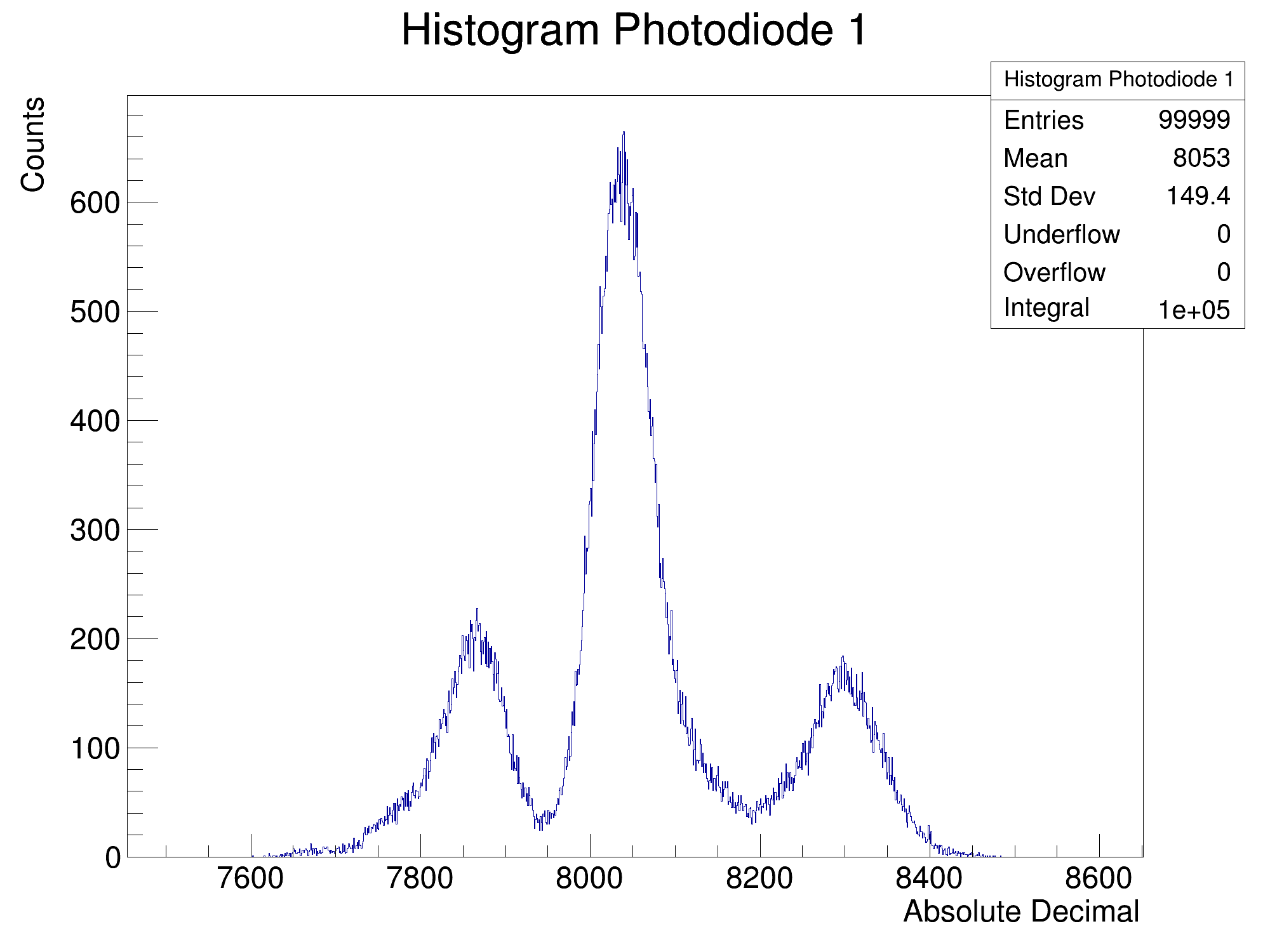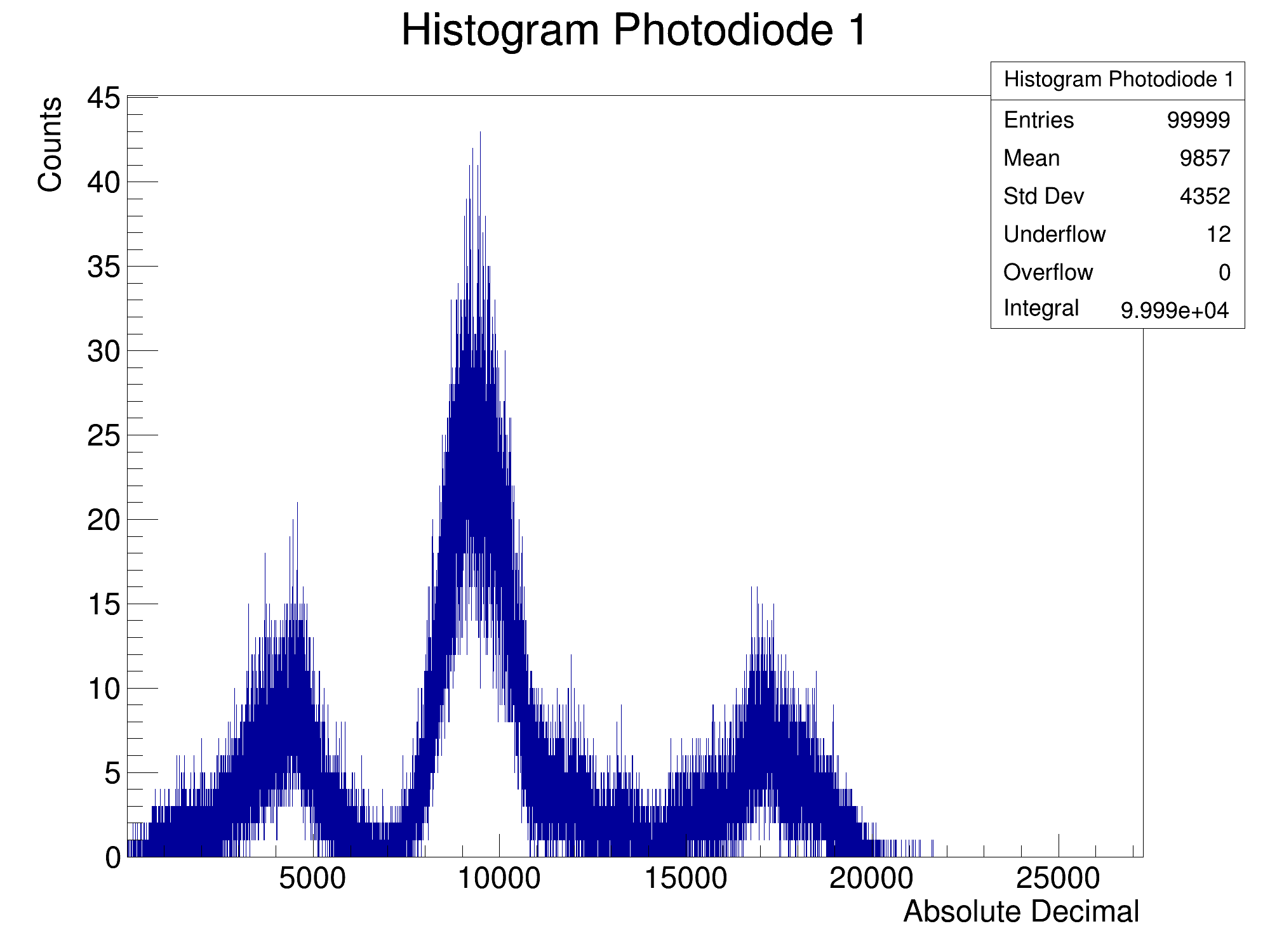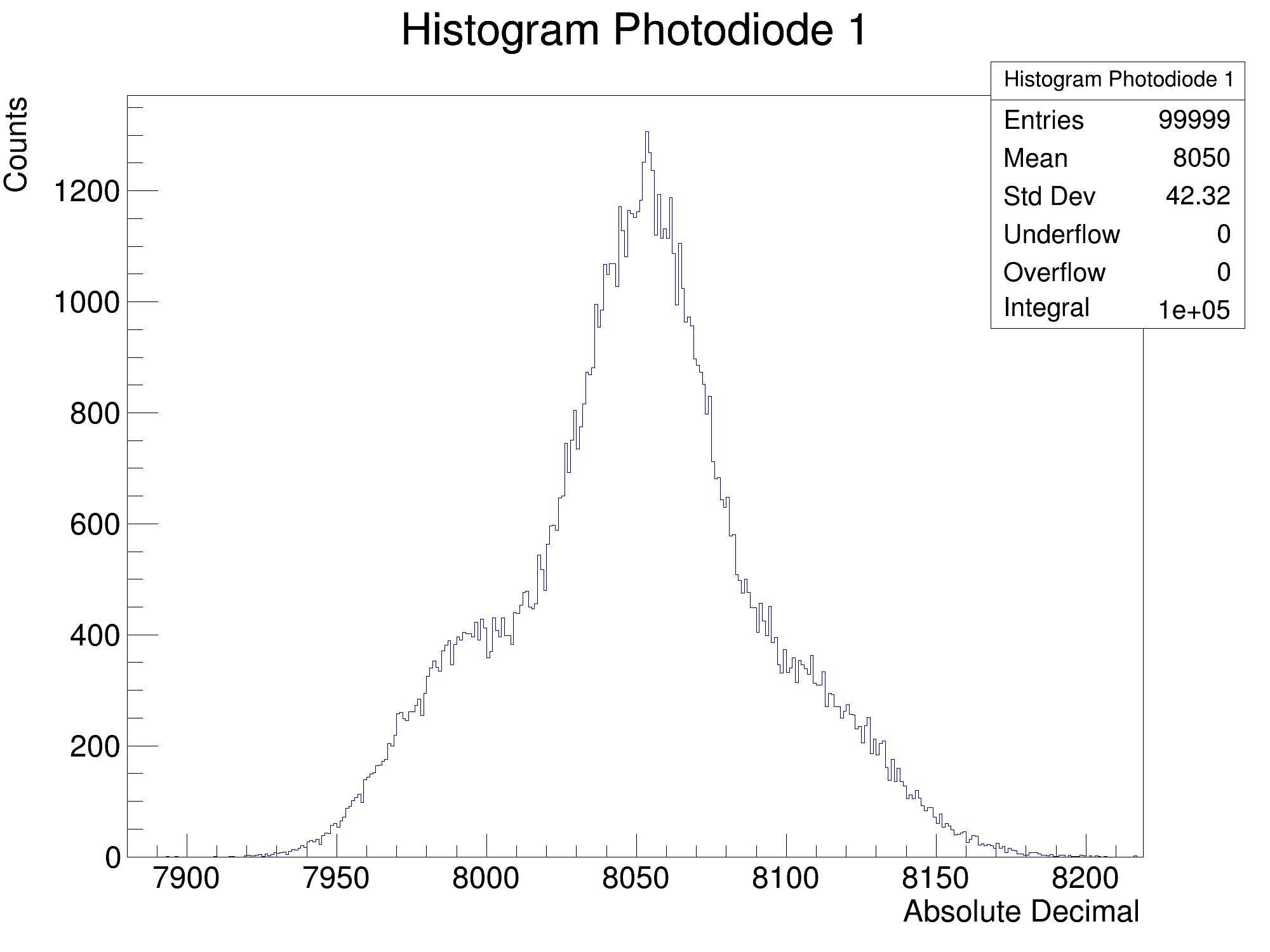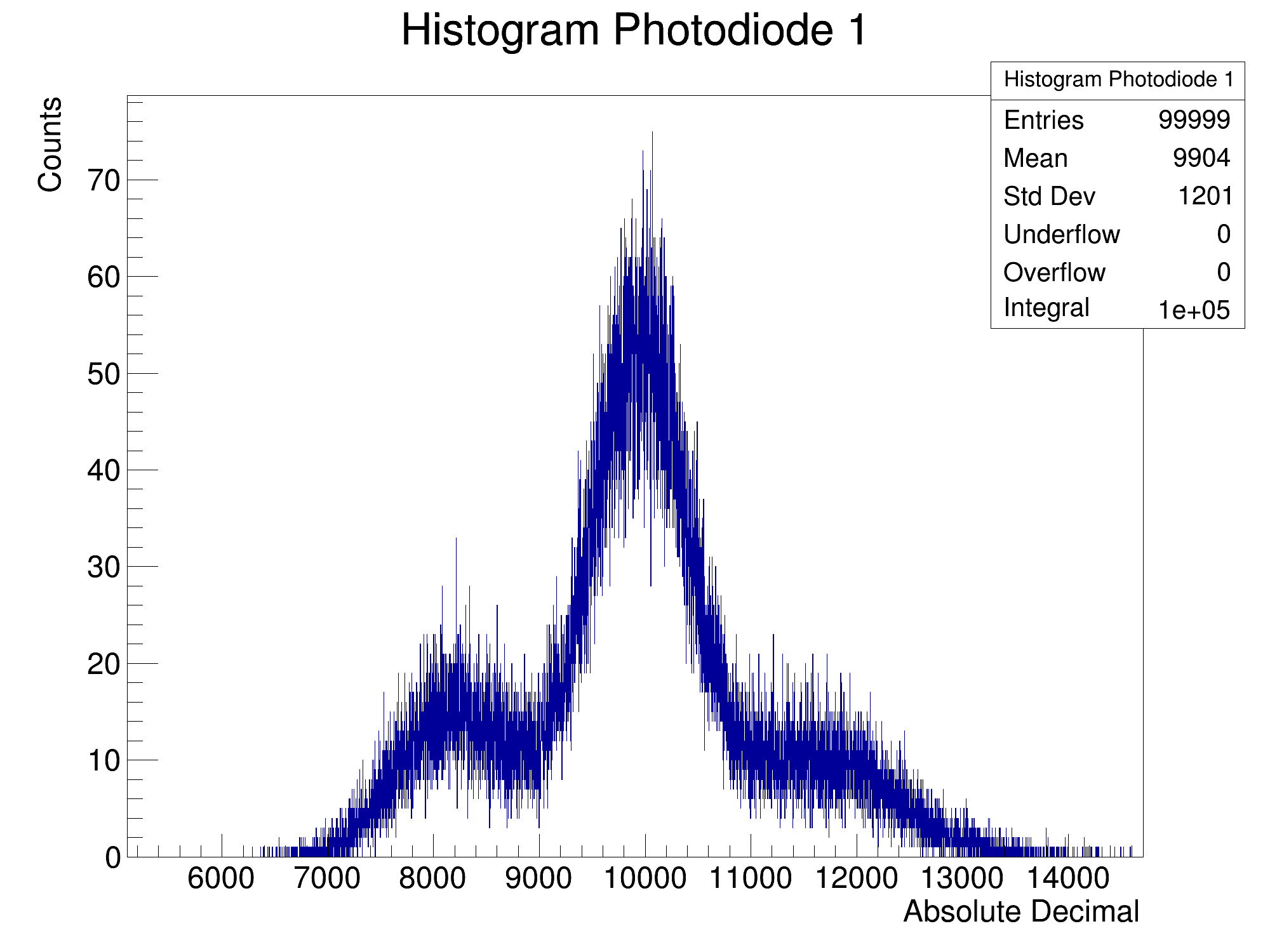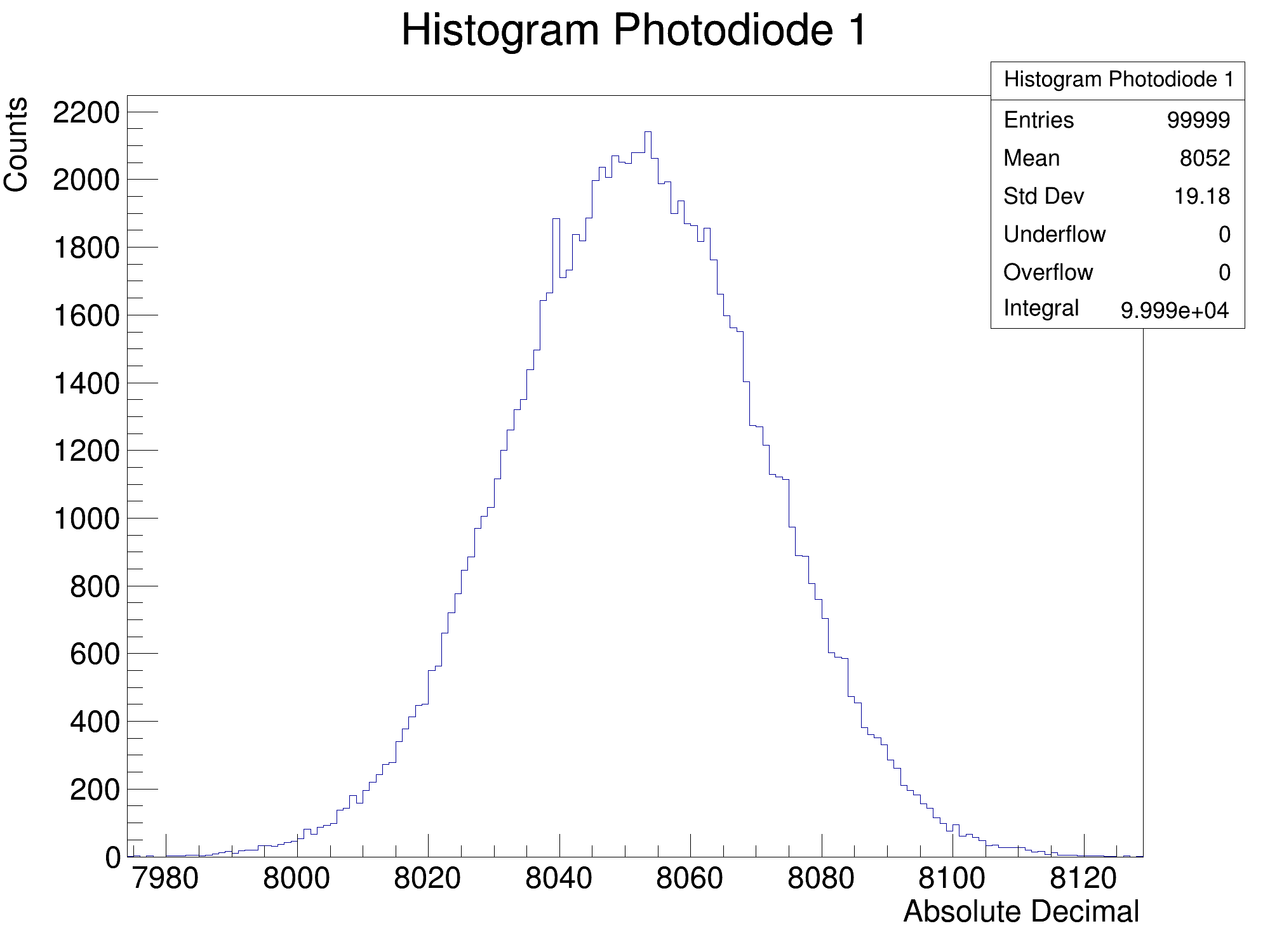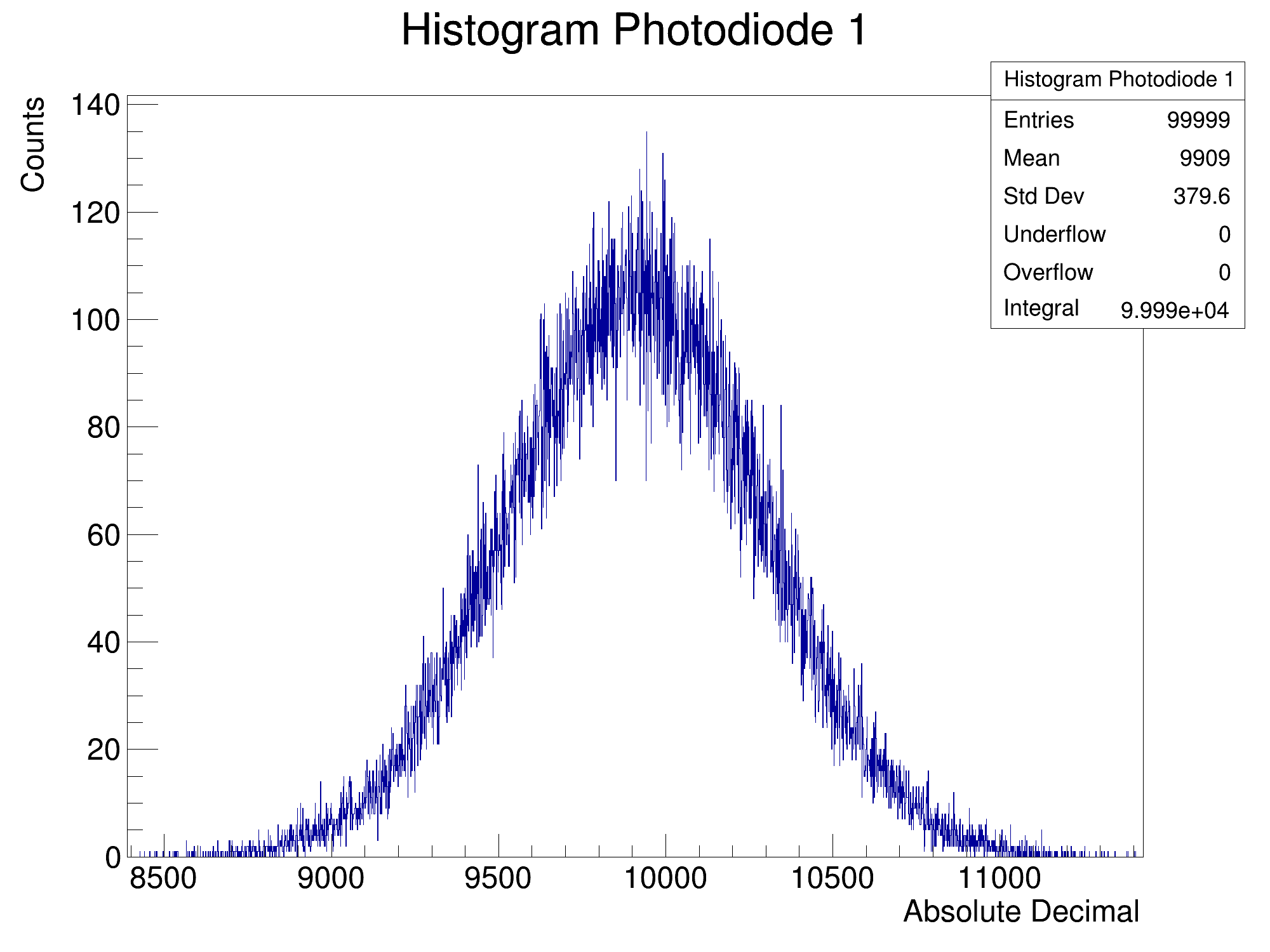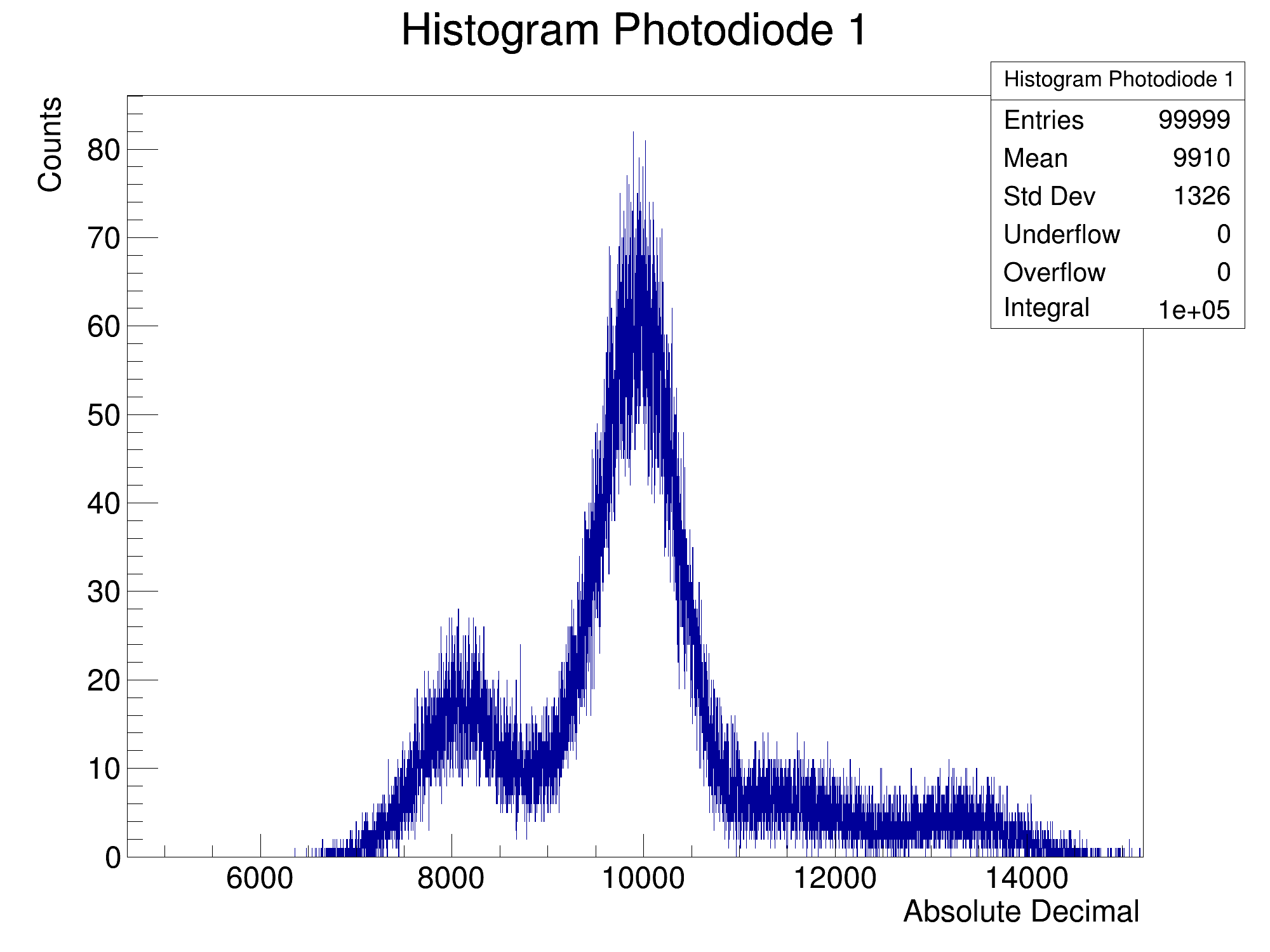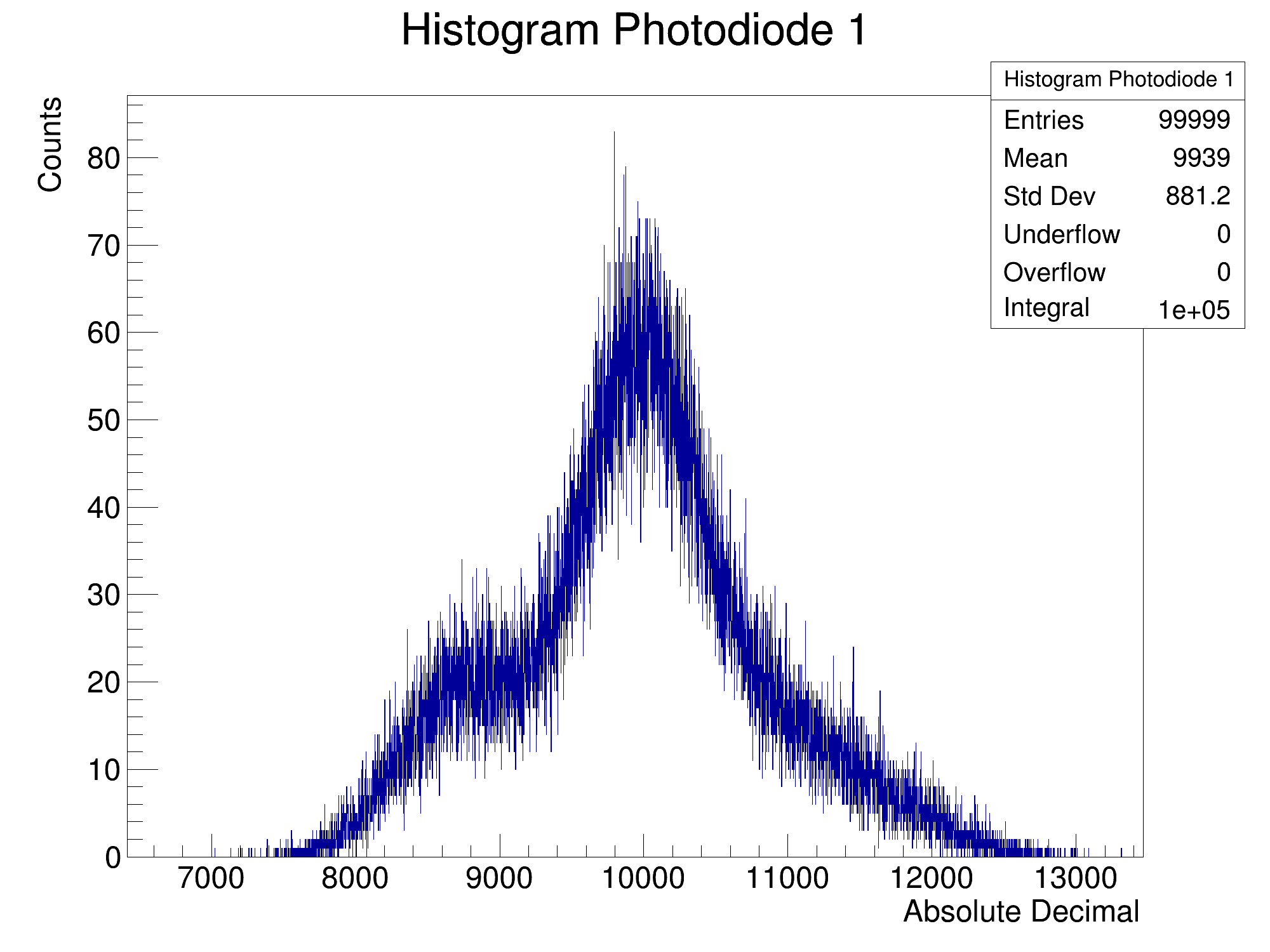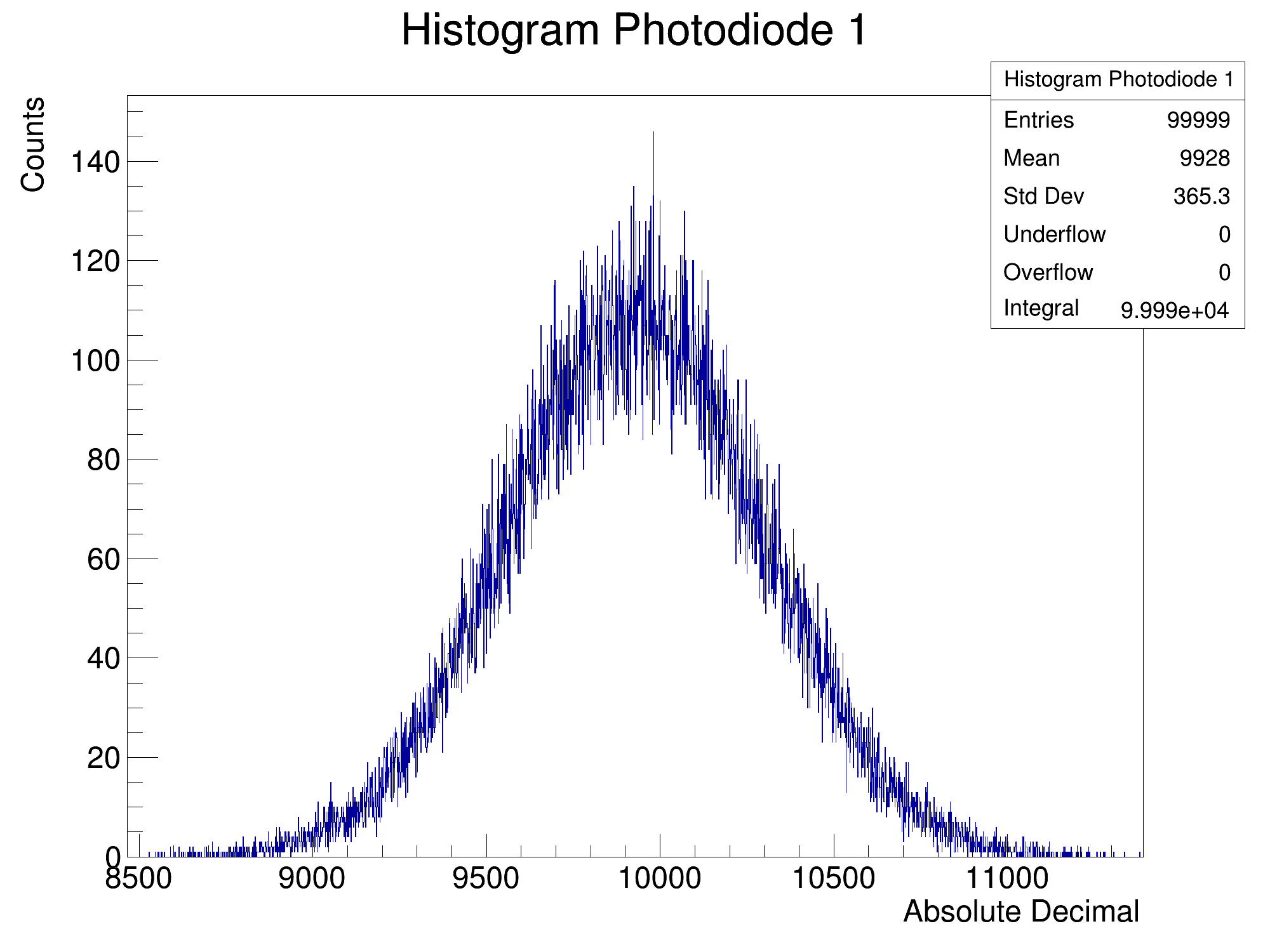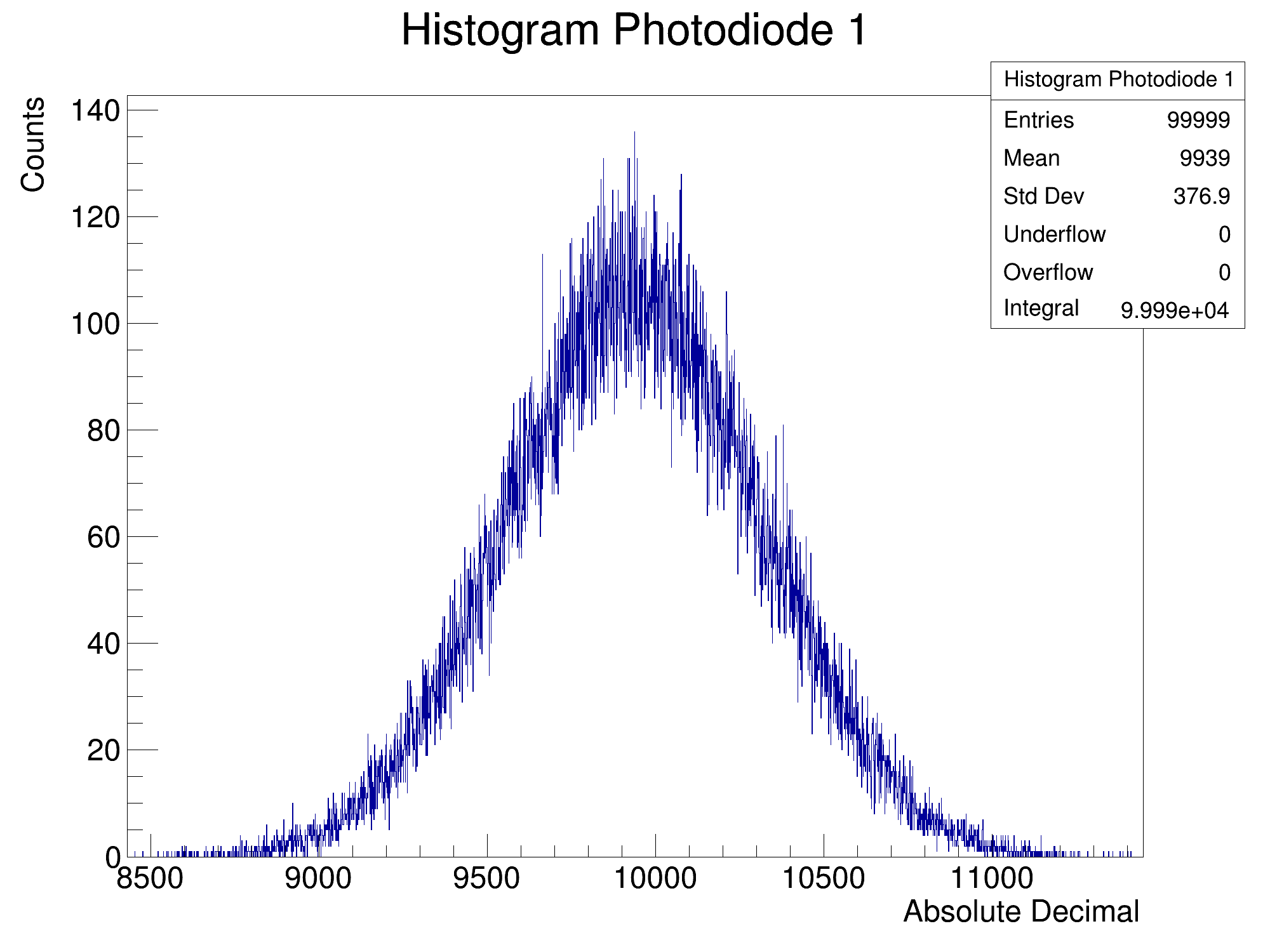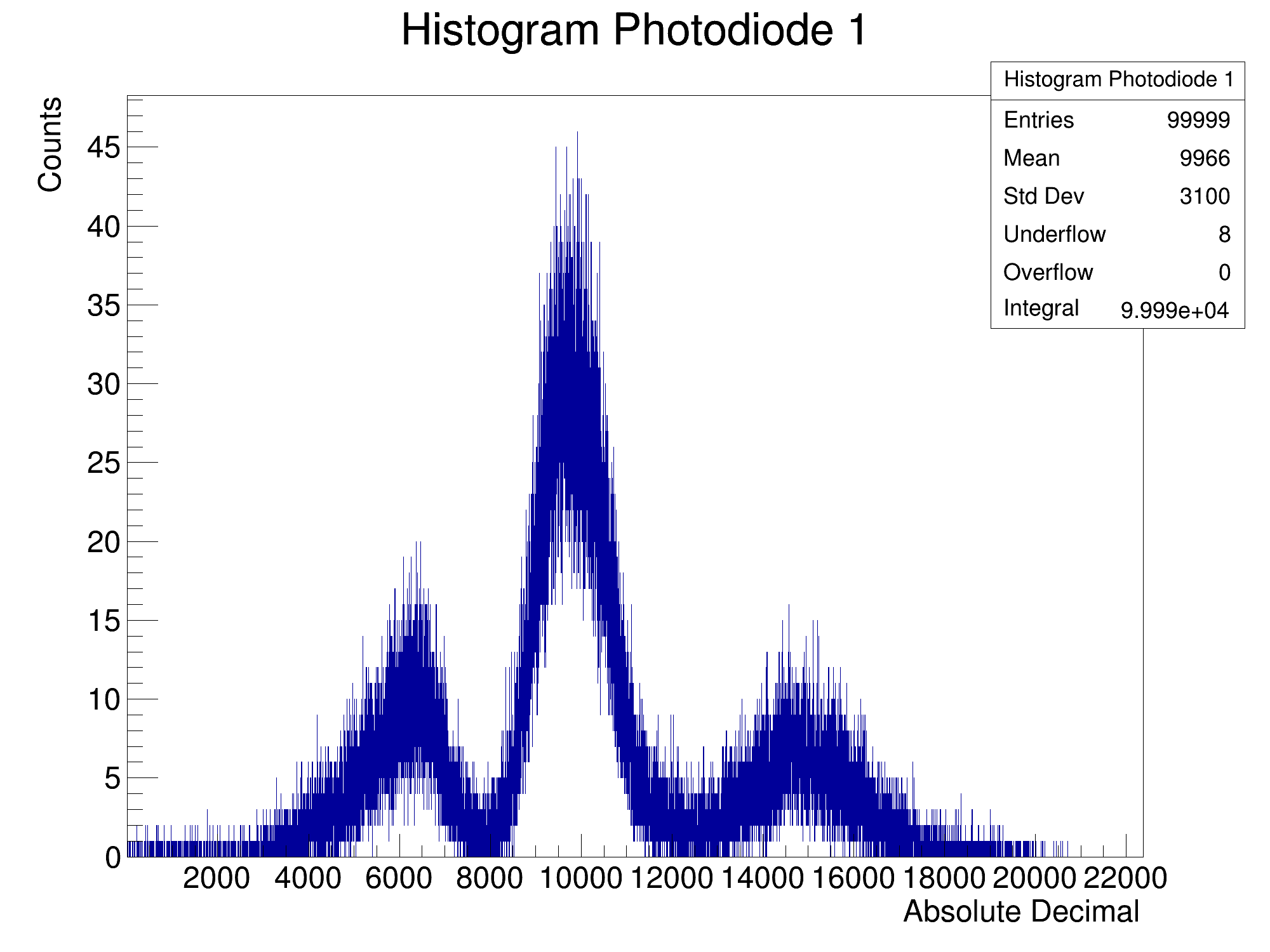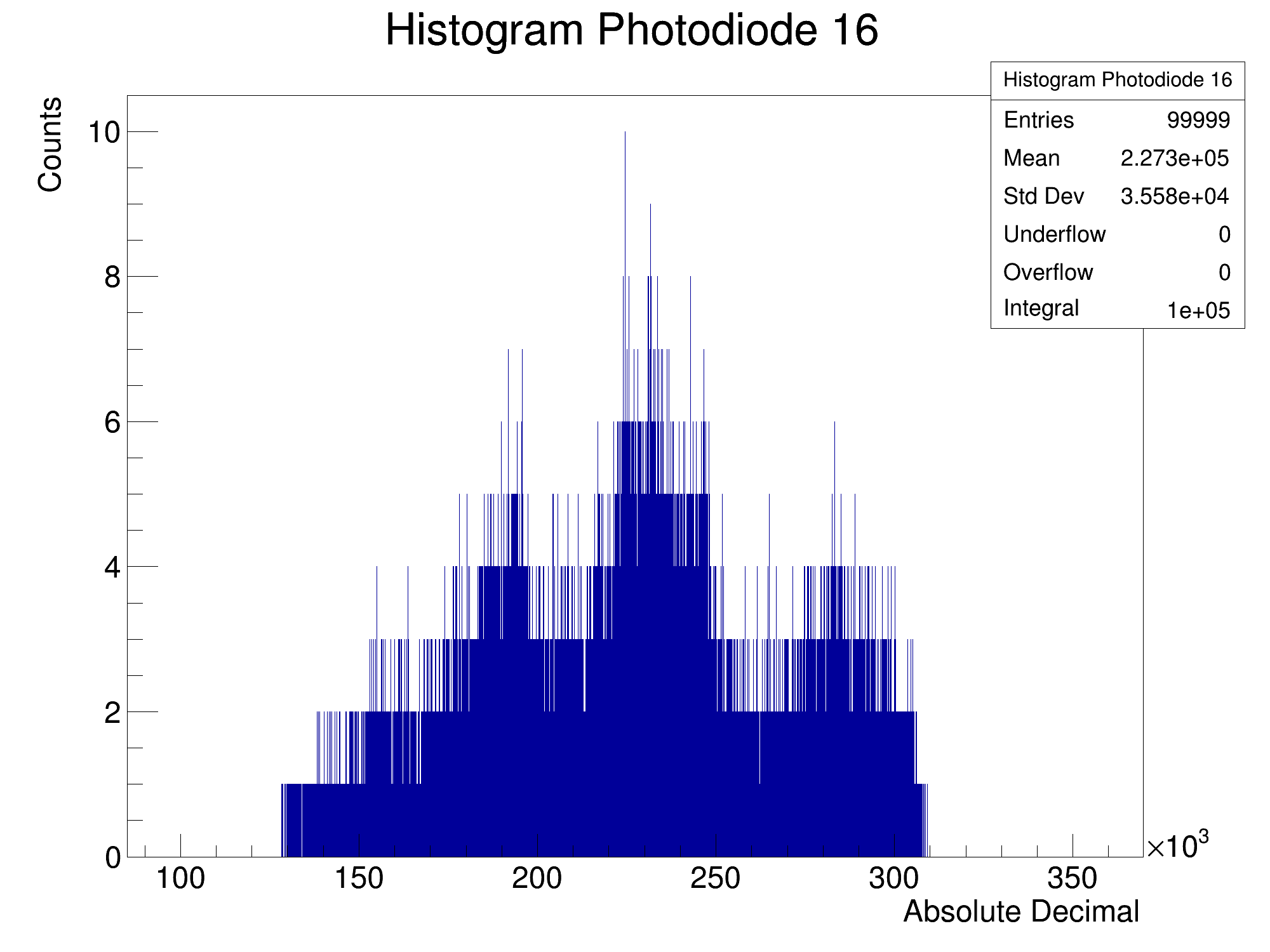Proton Calorimetry/Experimental Runs/2022/MayLED
Optical isolation tests using LED fibre in D27.
Aim: Investigate optimal material to use to optically isolate unpainted sheets and whether single layers of material provide sufficient isolation.
Notes
| Run | Description | Graph | ||||
|---|---|---|---|---|---|---|
| 1 | D27, CMOS on, 350pC | |||||
| 2 | D27, CMOS on, 12.5pC | |||||
| 3 | D27, CMOS off, 350pC | 4 | D27, CMOS off, 12.5pC | |||
| 5 | D109, CMOS on, 350pC | |||||
| 6 | D109, CMOS on, 12.5pC | |||||
| 7 | D109, CMOS off, 350pC | |||||
| 8 | D109, CMOS off, 12.5pC | |||||
| 9 | D109, CMOS on, 12.5pC. Detector housing grounded using ground pin of FPGA. Grounded using optical breadboard inside detector. | |||||
| 10 | D109, CMOS on, 12.5pC. Previous grounding seemed ineffective. Now grounded by attaching clip to metal on outside face of detector enclosure. | |||||
| 11 | D109, CMOS off, 12.5pC, grounded. | |||||
| 12 | D27, CMOS off, 12.5pC, grounded. | |||||
| 13 | D27, CMOS off, 12.5pC | |||||
| 14 | D27, CMOS off, 12.5pC, grounded, LED. LED pulse of 1MHz, 6V height and 500ns width. Injected into single scintillator sheet coupled to photodiode 16. |
